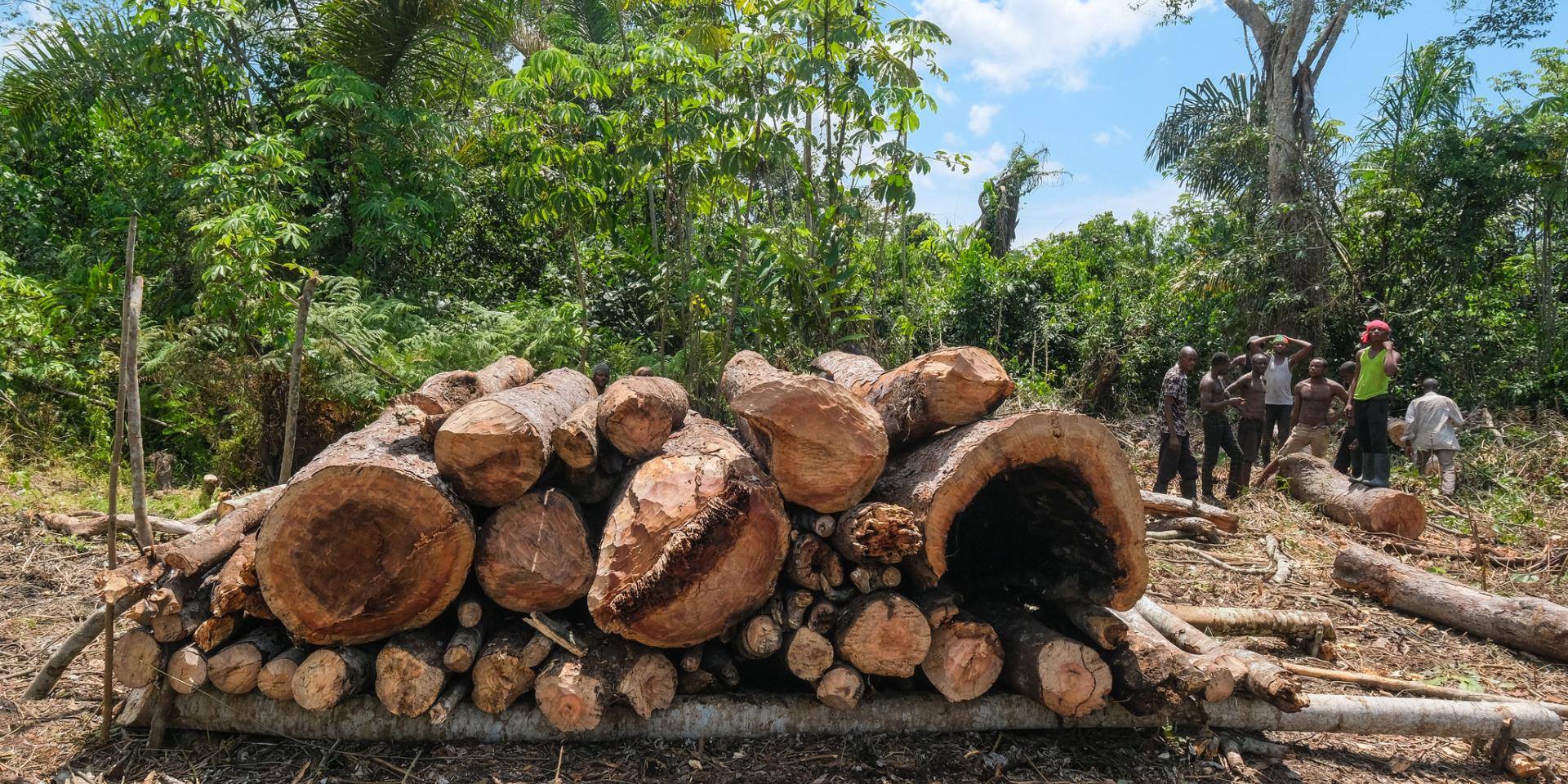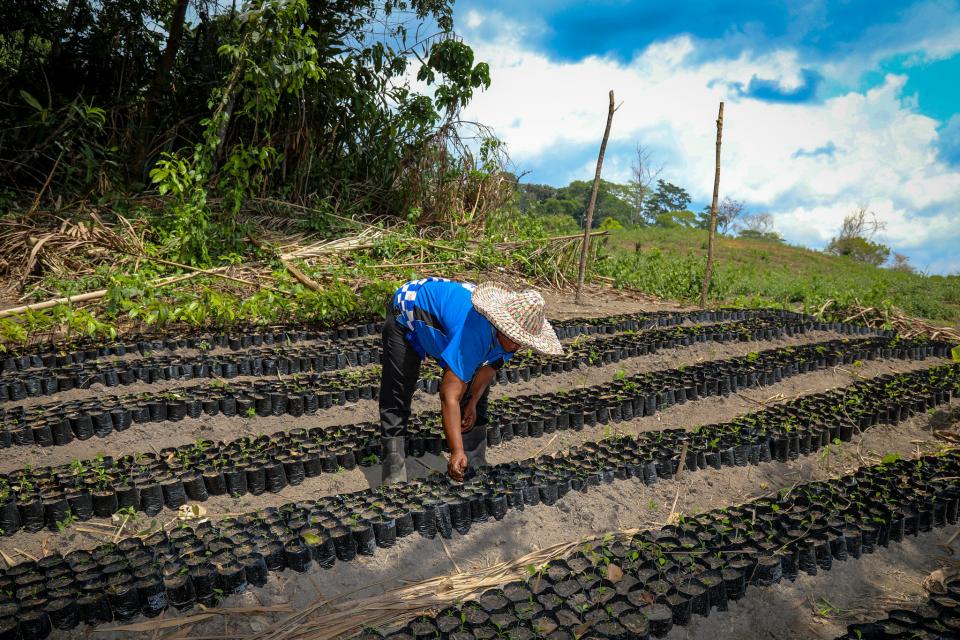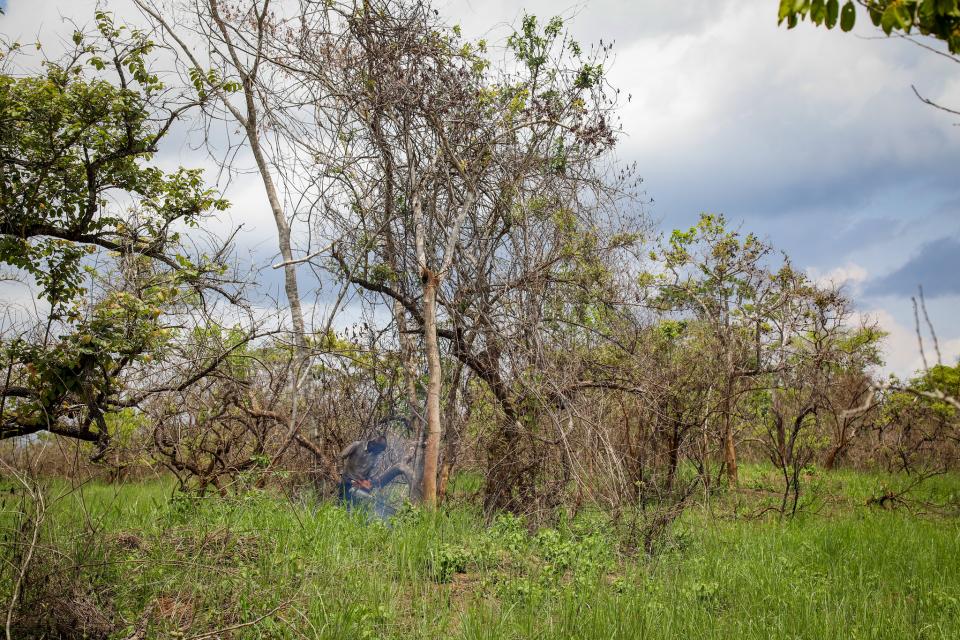Doing better than ‘Do no harm’
 Photo: Axel Fassio/CIFOR
Photo: Axel Fassio/CIFOR
The climate crisis is leading to greater interest from countries and companies in forest-based solutions, such as the framework for Reducing Emissions from Deforestation and Forest Degradation (REDD+).
However, there are concerns about the risks that new investments pose to forest-dependent communities, such as Indigenous Peoples and local communities (IPs and LCs).
The need to clarify and understand the role of REDD+ safeguard standards has therefore gained new urgency. Adopted at the Conference of the Parties to the United Nations Framework Convention on Climate Change (UNFCCC) in Cancun in 2010, the safeguards were defined as “a set of principles, rules and procedures put in place to achieve social and environmental goals”. They have been conceptualized and articulated in ways ranging from bulwarks against the most harmful impacts of REDD+ (referred to as the ‘do no harm’ objective) to mechanisms to catalyse improved well-being and livelihoods for IPs and LCs and their territories (the ‘do better’ objective).


